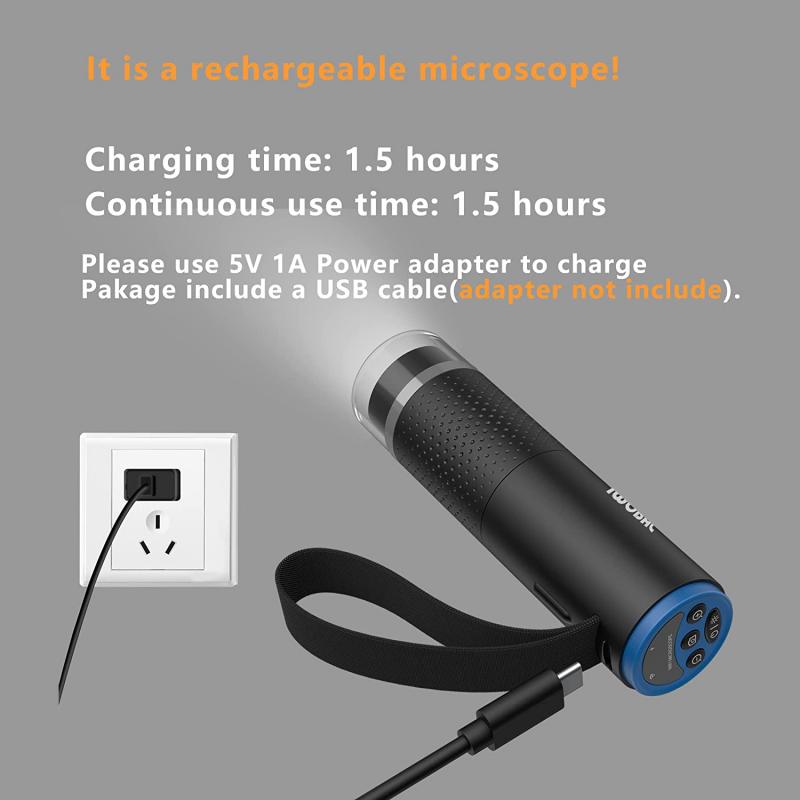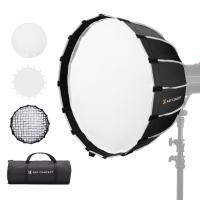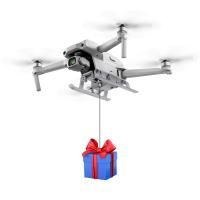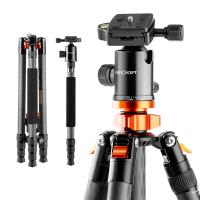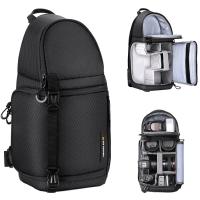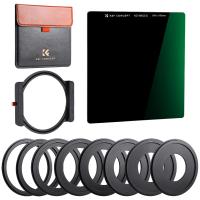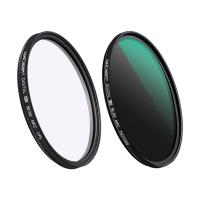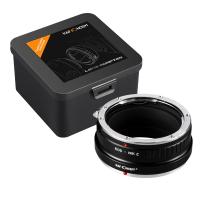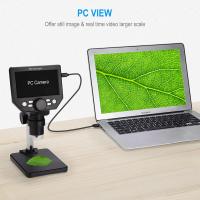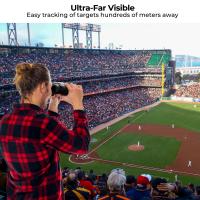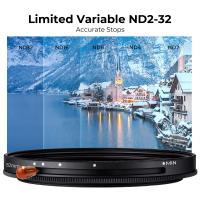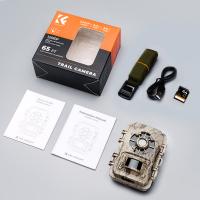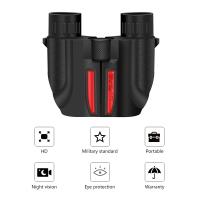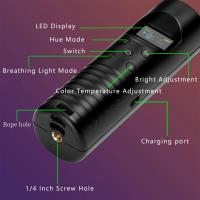How To Identify Fungi Under A Microscope ?
To identify fungi under a microscope, you can follow a few steps. First, prepare a slide by placing a small piece of the fungi sample on a glass slide with a drop of water. Next, cover the sample with a coverslip to prevent it from drying out. Adjust the microscope to the lowest magnification and place the slide on the stage. Use the coarse focus knob to bring the sample into focus, and then switch to the higher magnification objective lens for a closer look. Observe the fungal structures such as hyphae, spores, and reproductive structures. Pay attention to the shape, size, color, and arrangement of these structures. Additionally, you can use staining techniques to enhance the visibility of certain features. Finally, compare your observations with known fungal characteristics or consult identification guides or experts to determine the specific type of fungi you are observing.
1、 Morphological characteristics of fungal structures under a microscope
To identify fungi under a microscope, there are several key steps and morphological characteristics to consider. These characteristics can help differentiate between different fungal species and provide valuable information for identification.
Firstly, it is important to prepare a suitable sample for microscopic examination. This typically involves obtaining a small piece of the fungal specimen and mounting it on a microscope slide with a drop of water or a suitable staining solution. This allows for better visualization of the fungal structures.
Once the sample is prepared, the microscope can be used to observe the morphological characteristics of the fungal structures. These characteristics include the shape, size, color, and arrangement of various fungal components. For example, the presence of spores, hyphae (filamentous structures), and fruiting bodies (such as mushrooms or conidiophores) can provide important clues for identification.
Additionally, staining techniques can be employed to enhance the visibility of certain structures. For instance, using a lactophenol cotton blue stain can help highlight fungal cell walls and spores, making them easier to observe and identify.
It is also important to consider the latest point of view in fungal identification. With advancements in molecular techniques, DNA sequencing has become an increasingly valuable tool for fungal identification. DNA barcoding, which involves sequencing specific regions of the fungal genome, can provide more accurate and reliable identification compared to traditional morphological methods.
In conclusion, identifying fungi under a microscope involves observing and analyzing the morphological characteristics of fungal structures. This can be supplemented with staining techniques and, more recently, molecular methods for a more comprehensive and accurate identification.
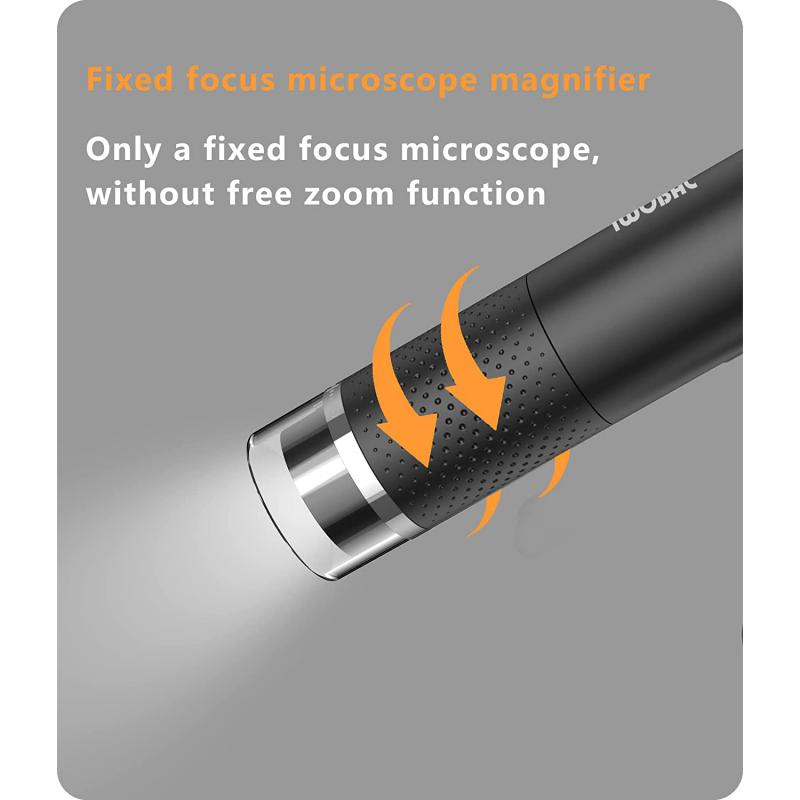
2、 Staining techniques for fungal identification under a microscope
Staining techniques for fungal identification under a microscope are essential for accurately identifying and studying fungi. Fungi are microscopic organisms that can be challenging to identify due to their small size and morphological similarities. By using staining techniques, researchers can enhance the visibility of fungal structures and differentiate between different species.
One commonly used staining technique is the lactophenol cotton blue stain. This stain helps to highlight fungal structures such as hyphae, spores, and fruiting bodies. It also aids in differentiating between different types of fungi, such as yeasts and molds. Another widely used stain is the potassium hydroxide (KOH) mount, which helps to dissolve cellular material and enhance the visibility of fungal structures.
In addition to these traditional staining techniques, newer methods have emerged in recent years. Fluorescent staining techniques, such as fluorescent dyes and antibodies, have become increasingly popular. These stains can specifically target certain fungal components, such as cell walls or nuclei, and produce fluorescent signals that can be visualized under a fluorescence microscope. This allows for more precise identification and analysis of fungal structures.
Furthermore, molecular techniques, such as DNA sequencing, have revolutionized fungal identification. By extracting and sequencing the DNA of a fungal sample, researchers can compare it to a database of known fungal sequences to determine the species. This method is highly accurate and can identify fungi that are difficult to distinguish morphologically.
In conclusion, staining techniques for fungal identification under a microscope are crucial for accurately identifying and studying fungi. Traditional stains like lactophenol cotton blue and KOH mounts are commonly used, while newer techniques like fluorescent staining and DNA sequencing have provided more precise and efficient methods of fungal identification. These advancements have greatly contributed to our understanding of fungal diversity and their roles in various ecosystems.

3、 Microscopic examination of spores for fungal identification
Microscopic examination is a crucial technique for identifying fungi under a microscope. It involves the observation of various fungal structures, including spores, which are essential for accurate identification. Here is a step-by-step guide on how to identify fungi using a microscope:
1. Sample collection: Collect a small piece of the fungal specimen using a sterile technique. It is important to collect a representative sample that includes different parts of the fungus, such as the fruiting body or mycelium.
2. Slide preparation: Place a small portion of the sample on a microscope slide and add a drop of a suitable mounting medium, such as lactophenol cotton blue or potassium hydroxide. Gently cover the specimen with a coverslip to prevent drying.
3. Microscope settings: Set the microscope to the appropriate magnification and adjust the focus. Start with a low magnification objective (e.g., 10x or 20x) to locate the fungal structures, and then switch to higher magnifications (e.g., 40x or 100x) for detailed examination.
4. Spore observation: Locate the spores under the microscope. Fungal spores come in various shapes, sizes, and colors, which can provide valuable clues for identification. Pay attention to characteristics such as spore shape (e.g., spherical, oval, or elongated), color, presence of ornamentation or appendages, and the arrangement of spores in the fruiting body.
5. Additional structures: Besides spores, other fungal structures can aid in identification. These may include hyphae (the branching filaments that make up the mycelium), fruiting bodies (such as mushrooms or conidiophores), and reproductive structures (such as basidia or asci).
6. Comparison and reference: Compare the observed structures with reference materials, such as fungal identification keys, atlases, or online databases. These resources can provide information on specific fungal species and their distinguishing features.
It is worth noting that the field of fungal identification is constantly evolving, with new techniques and technologies being developed. For instance, molecular methods, such as DNA sequencing, are increasingly used to complement traditional microscopic examination, providing more accurate and reliable identification.
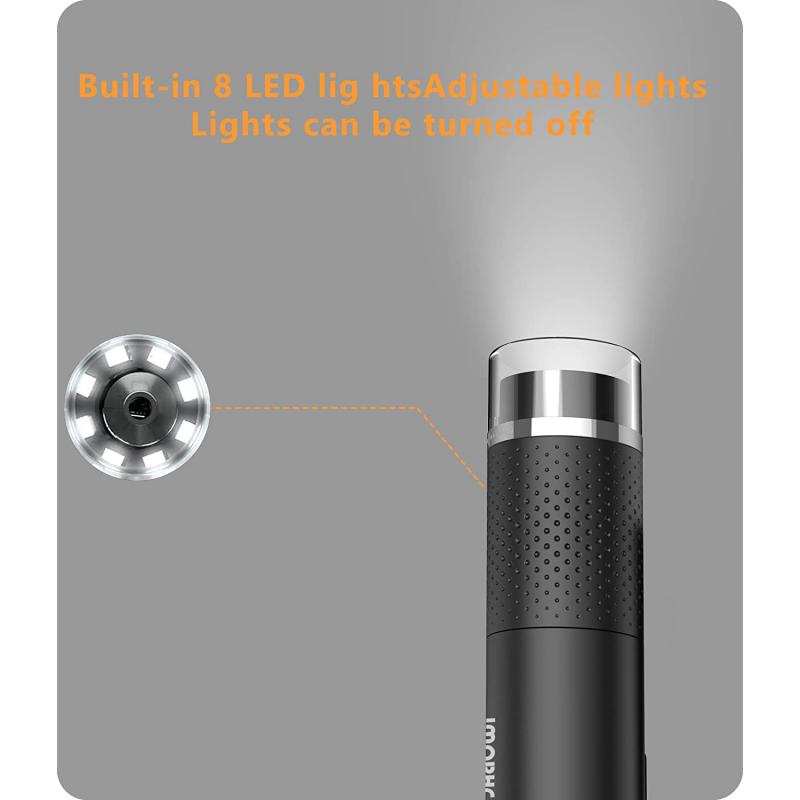
4、 Observing hyphal structures to identify fungi under a microscope
Observing hyphal structures is a crucial step in identifying fungi under a microscope. Hyphae are the thread-like structures that make up the body of a fungus, and their characteristics can provide valuable information for identification. Here is a step-by-step guide on how to identify fungi using a microscope:
1. Prepare a microscope slide: Place a small piece of the fungal sample on a microscope slide and add a drop of water or a staining solution to help visualize the hyphal structures.
2. Adjust the microscope: Start with the lowest magnification objective lens and focus on the sample. Gradually increase the magnification to get a closer look at the hyphae.
3. Observe the hyphal morphology: Pay attention to the shape, size, and arrangement of the hyphae. They can be septate (divided by cross-walls) or non-septate (continuous). Septate hyphae may have pores or septal plugs at the cross-walls.
4. Examine the hyphal tips: The tips of the hyphae can provide important clues for identification. Some fungi have specialized structures like clamp connections or swollen tips called vesicles.
5. Look for reproductive structures: Fungi reproduce through spores, which are often produced on specialized structures. Look for spore-bearing structures such as conidiophores, basidia, or asci. Note their shape, size, and arrangement.
6. Use staining techniques: Staining can enhance the visibility of certain structures. For example, using lactophenol cotton blue stain can help differentiate between different types of hyphae and spores.
7. Compare with reference materials: Consult field guides, textbooks, or online resources to compare your observations with known fungal species. Consider seeking expert advice if needed.
It is important to note that the identification of fungi under a microscope can be challenging, and sometimes molecular techniques are required for accurate identification. Additionally, new research and advancements in fungal taxonomy may provide updated perspectives on identifying fungi under a microscope.
